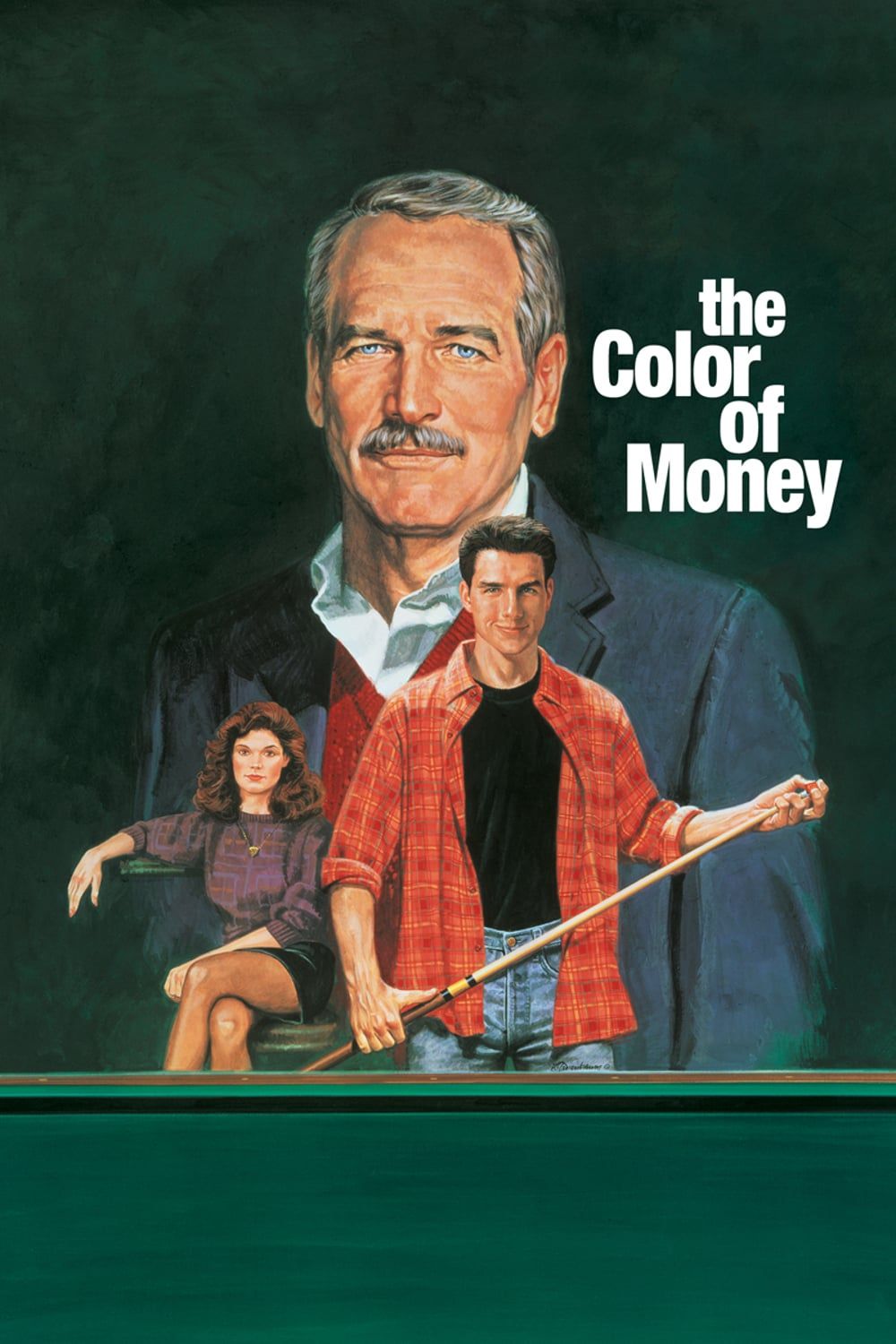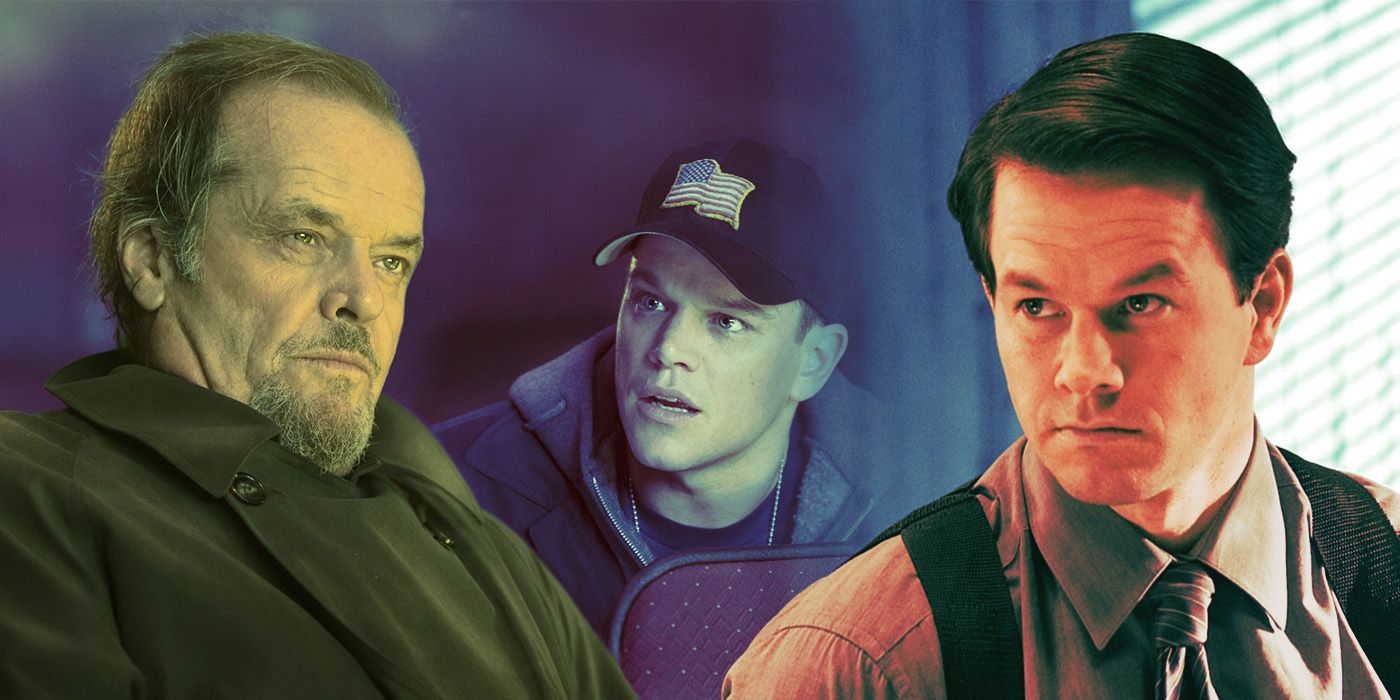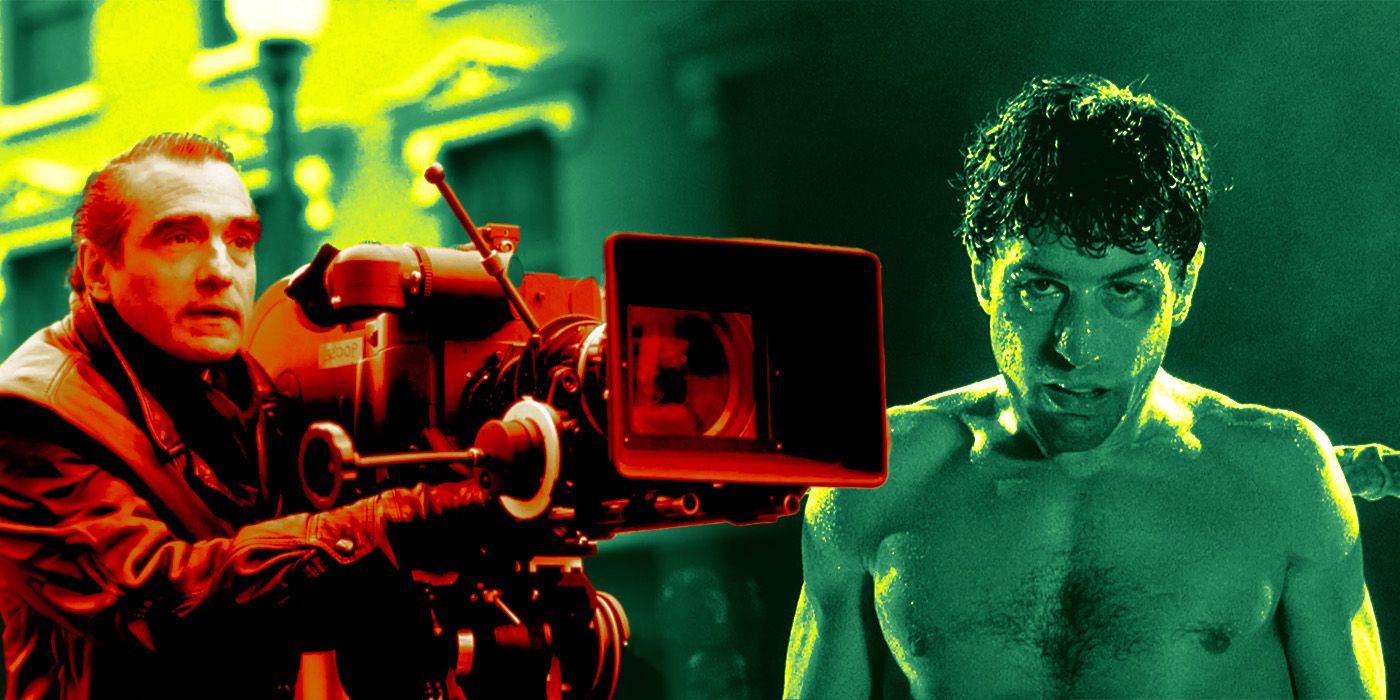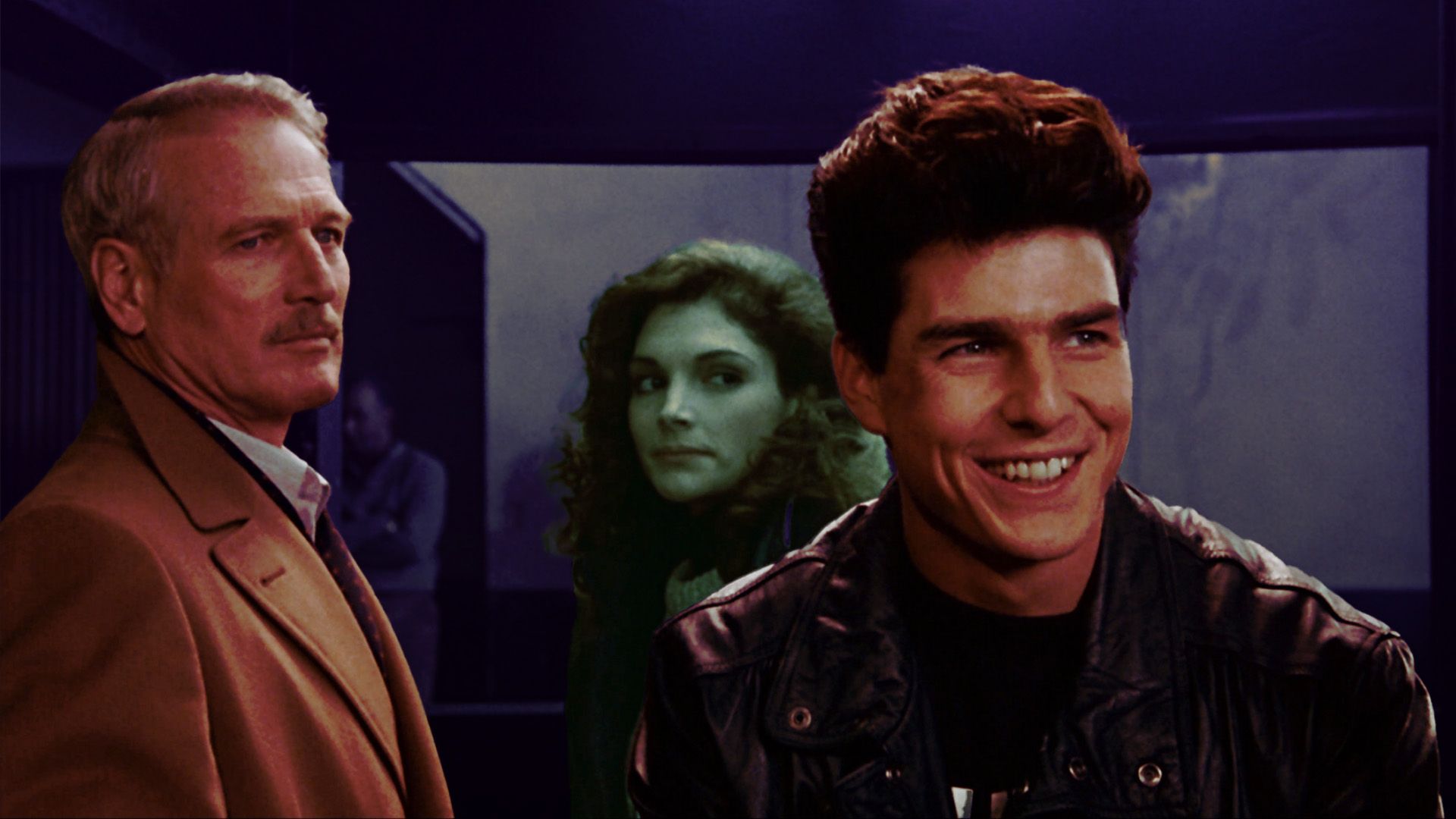Summary
- Scorsese avoids sequels to focus on original themes, rejecting loose ends and franchise opportunities.
- "The Color of Money" stands out as a spiritual sequel, showcasing Scorsese's exploration of corruption and redemption.
- "Casino" serves as an unofficial follow-up to "Goodfellas," focusing on different characters but with a similar feel.
Martin Scorsese doesn’t like sequels. This attitude reflects Scorsese’s essential directorial approach, in which he has always been driven by an intense need to break new cinematic ground by continually exploring new characters and themes. While many of Scorsese’s colleagues feel compelled to infuse their films with a degree of vagueness for the purpose of establishing a foundation for a potential sequel, his films are invariably defined by a merciless sense of resolution regarding the lives of his characters. He hates loose ends.
Scorsese’s uncompromising nature is especially visible in his 2006 crime thriller film The Departed. While Scorsese, who won his first and only Best Director Academy Award for The Departed, had a strong commercial incentive to shape The Departed within the context of a possible franchise, his principles wouldn’t permit him to do this. For him, making the best possible version of The Departed meant also killing its franchise potential.
Given his aversion to repeating himself, it’s hardly surprising that the lone sequel that Scorsese has directed in his career, the 1986 sports drama film The Color of Money, doesn’t feel and look like a continuation of its predecessor, the 1961 drama film The Hustler, but rather an original work by one of history’s most consistently exciting and inventive filmmakers.
The Color of Money Isn't a Straightforward Sequel

The Color of Money
- Release Date
- October 7, 1986
- Director
- Martin Scorsese
- Cast
- Paul Newman , Tom Cruise , Mary Elizabeth Mastrantonio , Helen Shaver , John Turturro , Bill Cobbs
- Runtime
- 119
- Main Genre
- Drama
- Writers
- Walter Tevis , Richard Price
Martin Scorsese agreed to direct The Color of Money largely because he needed a hit, following the box-office failures of his two previous films: the black comedies After Hours and The King of Comedy. Fueled by the star power of Tom Cruise and Paul Newman, The Color of Money, which grossed more than $50 million at the domestic box office, became Scorsese’s most commercially successful film up until this point in his career and throughout the rest of the 1980s.
The Color of Money and its predecessor, The Hustler, are linked by the presence of Newman, who reprises the role of pool hustler “Fast” Eddie Felson in the sequel, which primarily revolves around the mentor-student relationship between Felson and his talented but unrefined pupil, Vincent Lauria, played by Cruise.
Set 25 years after The Hustler, The Color of Money doesn’t make any direct mention of the events of The Hustler and is indeed constructed in such a way as not to require audiences to have a deep familiarity with Eddie’s past. Through Scorsese’s direction, The Color of Money exists as a spiritual, standalone sequel, in which he explores themes of corruption, greed, and redemption within Eddie’s self-destructive world.
Moreover, Scorsese has described The Color of Money as being a companion piece not to The Hustler but rather the 1962 Italian comedy film Il Sorpasso, also known as The Easy Life, which tells the story of a relationship between a shy young law student and an impulsive middle-aged man.
However, while the relationship in The Easy Life became the model for the relationship between Eddie and Vincent in The Color of Money, Scorsese orchestrated the relationship between Eddie and Vincent so that the student ends up teaching the teacher the most painful lessons in the film.
Casino Is an Unofficial Goodfellas Sequel
The closest that Martin Scorsese has ever gotten to directing a sequel to one of his own films is with the 1995 epic crime film Casino, which has been described as being a secret sequel to the 1990 biographical crime drama film Goodfellas. While Casino and Goodfellas, both of which are based on non-fiction books by Nicholas Pileggi, feature different characters and settings, Casino feels and looks like an extension of Goodfellas.

The Real-Life Gangsters Who Inspired Martin Scorsese’s The Departed
The Departed stands as one of the best crime thrillers of all time. Here are the real-life gangsters that inspired the movie.As Goodfellas documents the neighborhood-level dimension of organized crime through the lives of the characters played by Robert De Niro, Ray Liotta, and Joe Pesci, Casino presents the ostensibly glamorous side of the gangster lifestyle, in which De Niro’s Sam Rothstein and Rothstein’s childhood friend, Pesci’s Nicky Santoro, are dispatched by their Chicago outfit to Las Vegas to oversee the mob-owned Tangiers Casino.
Nicky Santoro is a virtual composite of Pesci’s character in Goodfellas, the psychotic Tommy DeVito. Like Tommy, Nicky is an uncontrollable maniac who embarks on an endless crime spree, both for the purpose of funding his gangster lifestyle and satisfying his maniacal temper. Like Tommy, Nicky’s reign of terror only ends after the mob deems Nicky to be more trouble than he’s worth.
The Departed Is Sequel Proof
While Martin Scorsese approached The Departed, a remake of the 2002 Hong Kong film Infernal Affairs, with a sense of faithfulness for the original film, Scorsese made one big change by killing off the remake’s two lead characters, played by Leonardo DiCaprio and Matt Damon. The deaths of DiCaprio’s William Costigan, an undercover cop who infiltrates the Boston mob, and Damon’s Colin Sullivan, the corrupt police officer who attempts to uncover Costigan’s identity, in The Departed shocked audiences at the time of the film’s release by completely subverting expectations. Moreover, with Costigan’s death especially, Scorsese generated maximum dramatic and emotional impact, which catapulted The Departed to a Best Picture Academy Award.

Martin Scorsese's 10 Most Iconic Shots as a Director, Ranked
Here is a look back at Martin Scorsese's prolific career, highlighting the 10 most iconic shots from his films.However, Scorsese’s decision to kill the film’s lead characters elicited disapproval from the film’s distributor, Warner Bros. Pictures, which hoped to be able to launch a franchise with The Departed. The criticism that Scorsese received from Warner Bros. led Scorsese to end his relationship with Warner Bros., which had released several of his previous films. Regardless, since Scorsese has said that he has no interest in directing a sequel, it seems that The Departed, like all of Scorsese’s films, is destined to be left alone, as it should be.



